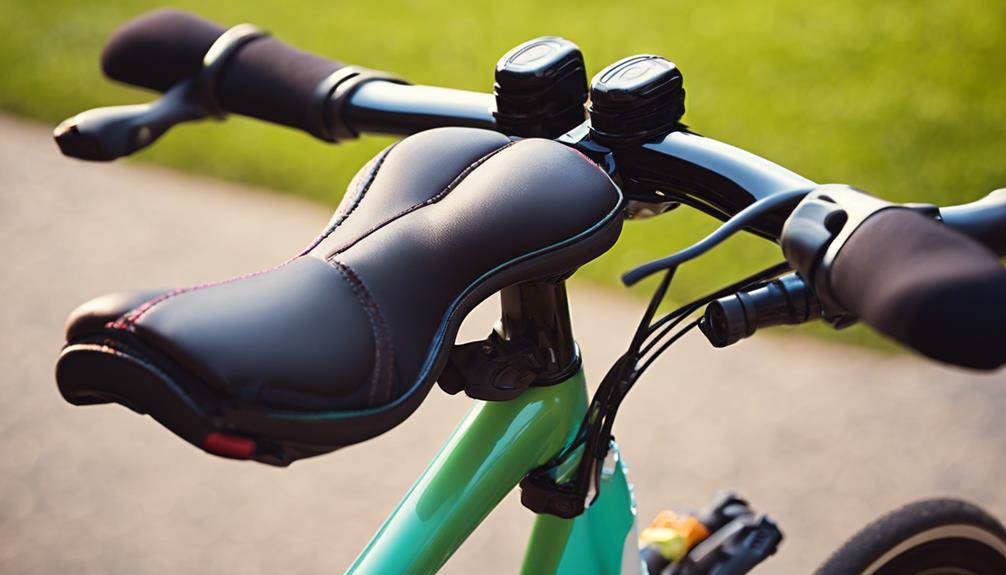Have you ever walked past a pink bike standing forlornly in a corner, covered in dust and seemingly forgotten? This common sight raises a curious question: whose bike is pink and collecting dust? This blog post delves into the phenomenon of abandoned bikes, exploring the reasons behind their neglect, the emotional connections we have with these objects, and how communities can reclaim these lost treasures. Join us as we unravel this intriguing mystery!
The Allure of the Pink Bike
When we think of bicycles, we often imagine vibrant colors and sleek designs, with pink bikes often evoking a sense of nostalgia and whimsy. The pink bike, in particular, symbolizes childhood joy and freedom. However, the sad reality is that many bicycles, including those in cheerful colors, end up neglected. But why is this happening? Factors such as changing lifestyles, financial burdens, and lack of storage options contribute to this growing issue. In urban environments, the sight of a pink bike collecting dust can be a common sight, raising questions about its previous owner and their story.
Understanding the Reasons Behind Abandonment
There are numerous reasons why a bike may become an abandoned relic. One primary factor is the shift in lifestyle that often accompanies major life changes. For instance, a person moving to a new city may find that biking is less practical, leading to their once-beloved pink bike being left behind. Additionally, financial struggles can compel individuals to prioritize necessities, leaving their bikes to gather dust. Environmental factors, such as inclement weather or changes in public transportation systems, can also influence bike usage, leading to abandonment. Understanding these reasons helps us empathize with the previous owners of these forgotten bicycles.
The Emotional Connection to Bicycles
Bicycles are not just modes of transportation; they represent freedom, adventure, and memories. A bike can symbolize countless experiences, from childhood escapades to adult journeys. The pink bike collecting dust may have once been a cherished possession, filled with memories of carefree rides in the park or thrilling bike races with friends. When we ask, “Whose bike is pink and collecting dust?” we are not just inquiring about ownership; we are also exploring the emotional ties that people have with their bicycles. These connections often lead to feelings of loss and nostalgia, making the sight of an abandoned bike even more poignant.
Community Initiatives to Reclaim Abandoned Bicycles
Many communities have recognized the issue of abandoned bicycles and have initiated programs to reclaim and rehabilitate these forgotten treasures. Local bike shops often partner with non-profits to organize bike donation drives that encourage individuals to donate their unused bicycles instead of letting them collect dust. These initiatives can breathe new life into old bikes, transforming them into valuable community resources. By refurbishing abandoned bikes, communities not only help those in need but also foster a spirit of sustainability and shared responsibility.
Turning Dusty Bikes into Community Assets
One innovative approach to overcoming the abandoned bike phenomenon involves transforming dusty bikes into community assets. This can be achieved through creative projects such as bike-sharing programs, which allow residents to rent bikes for a nominal fee or even for free. Additionally, community workshops can be organized to teach basic bike repair skills. These programs not only promote cycling as a sustainable mode of transport but also encourage social interaction and community building. When people come together to revitalize pink bikes and other abandoned bicycles, they foster a sense of ownership and pride in their community.
DIY Projects: Revamping the Pink Bike
If you find yourself pondering “Whose bike is pink and collecting dust?” consider taking matters into your own hands. Revamping an abandoned bike can be a fulfilling DIY project. Start by cleaning the bike thoroughly to remove dust and grime. Next, assess its condition and determine what repairs are needed. You can paint the bike in a new color or give it a fresh coat of pink to restore its vibrancy. Adding personal touches, like custom decals or a stylish basket, can make the bike uniquely yours. Not only will this project rescue a forgotten bike, but it will also provide you with a sense of accomplishment and a reliable mode of transport.
Conclusion: The Future of Abandoned Bicycles
The question “Whose bike is pink and collecting dust?” serves as a reminder of the stories and experiences tied to every abandoned bicycle. By understanding the emotional connections we have with these bikes and the reasons behind their neglect, we can take steps to reclaim and revitalize them. Through community initiatives and personal DIY projects, we can turn dusty relics into valuable assets that benefit everyone. Remember, the next time you see a pink bike gathering dust, it might just be waiting for someone to give it a second chance at life!
